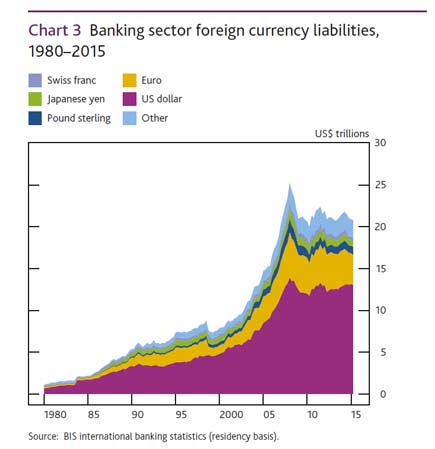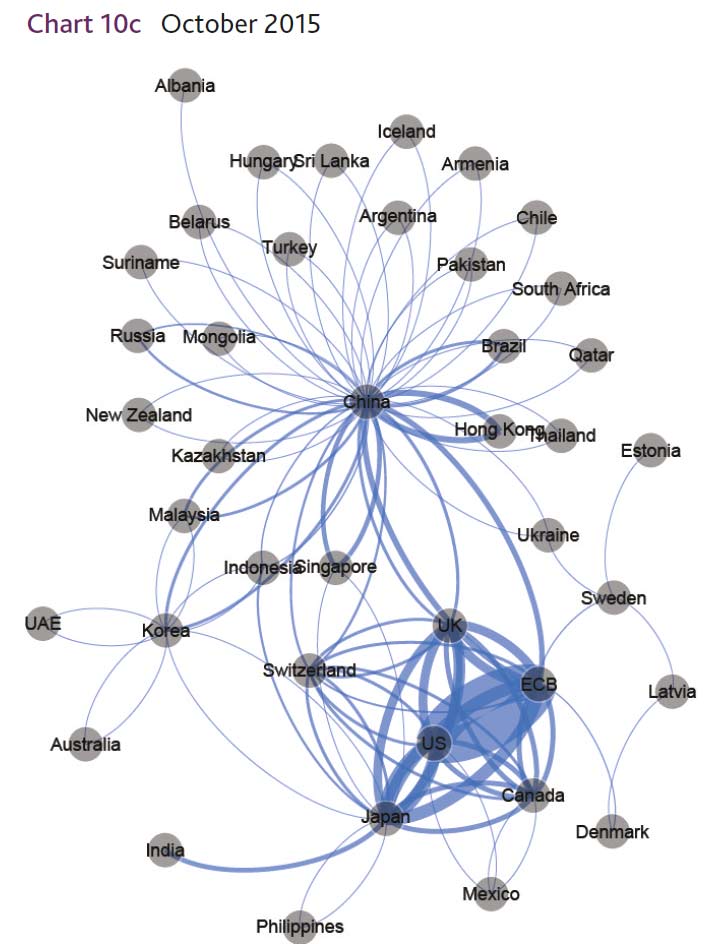The PRA has observed that firms writing ERMs typically restrict the initial valuation to the amount lent (which is a transaction price observed in a market), for example by including a spread of appropriate size when discounting ERM cashflows, and updating the valuation (including the spread, where appropriate) to allow for new information affecting the valuation as it emerges.
That said, the recent run up in house prices here, and the aging population may suggest a growing demand. Therefore it is worth looking at the issues the UK regulators are wrestling with. This is a complex product area requiring careful regulation.
ERMs are a type of lifetime mortgage. This DP is directly relevant to lifetime mortgage products with the following features: they are restricted to older customers, they do not have a fixed term, they generally have a no negative equity guarantee, and there is no obligation to make regular interest payments on the capital. For simplicity, this sub-set of equity release products is referred to as ‘ERMs’ for the purpose of this paper, but the PRA is aware that other definitions of ERMs are used in the industry.
ERMs allow capital to be released from residential properties without requiring the property to be sold. ERMs are loans secured by way of a mortgage on a residential property, repayable on ‘exit’ (death; or move to a care home; or voluntary repayment, either for an individual borrower or a couple) rather than at a fixed maturity date. In the United Kingdom (UK), loans are advanced as a lump sum, or through flexible drawdown facilities. In general it is possible to ‘port’ ERMs from one property to another if the borrowers wish to move house, subject to certain restrictions, which may include a requirement to make a partial repayment of the outstanding loan.
Loan interest is generally at a fixed rate, but can be variable or vary subject to a cap. In general, interest accrues to the loan balance without regular payments being made, so that the final repayment is larger than the amount lent, often significantly so. Sometimes interest payments can be made and these may be lower than the interest that would otherwise accrue. Such interest payments can be terminated by the borrower, in which case interest starts to accrue again. The accruing nature of the interest leads to the name ‘reverse mortgage’ being used in some territories.
In the UK, there is often a guarantee that on certain forms of repayment any excess of the accrued loan amount above the (sale) value of the property will be written off or waived by the lender, subject to certain conditions. This is known as a ‘no negative equity guarantee’ (NNEG). For an ERM product to meet the Product Standards within the Statement of Principles of the Equity Release Council, it must incorporate a NNEG. This means the NNEG has become a standard feature of the UK ERM market.
ERMs receivables are held – either directly or indirectly – by a range of different financial institutions, including life insurers, banks, building societies and other lenders. ERMs require long-term funding that is sufficiently flexible to adapt to the timing and amount of repayments, both of which may vary from expectations. In particular, annuity writers have liabilities with long-term and relatively predictable cashflows. So (taking into account their other capital and liquidity resources) some of these firms consider that cashflows from a suitable portfolio of ERMs offer a sufficiently good match for some of their annuity liabilities and provide a good risk/return trade-off, given the long duration and reasonably predictable cashflows of a sufficiently large portfolio of ERMs.
In the UK, ERMs are not actively traded in a secondary market, although the PRA is aware of some bilateral transactions between firms. Some ERM holdings have been externally securitised in the past, but the PRA is not aware of widespread use of securitisation as a means of funding ERMs in the UK.
It is common for lenders to require properties to be insured and maintained as part of the loan terms and conditions. There is a risk that maintenance may reduce over time as borrowers become older and potentially cash-poor, and the financial interest of the borrowers in the property reduces. This ‘dilapidation risk’ may lead to the performance (as an asset) of residential properties connected with an ERM being inferior to the performance of similar properties that do not have such a connection. Conversely, if the loan advanced is used to improve the property, then performance may be superior to similar but unimproved properties.
The responsibility for the sale of the property upon exit may, in some circumstances, rest with the lender who, for risk management purposes, may be willing to reduce the sale price in order to reflect a ‘quick sale discount’ on a vacant property, subject to obtaining the best price for the owner within reasonable timescales. If so, this will further increase the value of the NNEG. There may be a relationship between the desirability of offering a quick sale discount and market-wide movements in house prices.
Part of the loan interest rate can be considered as a charge for the cost of the NNEG. Higher interest rates lead to higher NNEG costs, other things being equal, and so (depending on how the ERM is priced) there is potentially a limit to how much the cost of the NNEG can be recouped through an increase in interest rates. Lenders therefore control their overall exposure to NNEGs primarily by restricting loan-to-value (LTV) ratios. LTVs are typically age-dependent, with LTVs lower at younger ages and increasing with age, reflecting changes in expected exit rates. Some lenders offer to advance larger amounts to borrowers in poor health, based on medical underwriting.
From the provider’s point of view, the future value of the ERM at any given exit date depends on whether or not the NNEG bites. If the NNEG does not bite, the loan plus accrued interest is repaid to the provider in full; if it does bite, the repayment is restricted to the value of the property. Thus the present value of the ERM is equal to the sum of: (i) the present value of the loan plus accrued interest at exit date, if and only if the NNEG does not bite; and (ii) the present value of receiving the property, if and only if the NNEG does bite. The computation of this involves, amongst other things, estimating the present value of receiving the property at exit, and – in order to estimate the probability of the NNEG biting – the volatility of the underlying property price.
Thus when the probability of the NNEG biting is low (typically at shorter durations) the value of the ERM approximates to the present value of receiving the loan plus accrued interest at exit. When it is high (typically at longer durations), the value of the ERM approximates to the present value of receiving the property at exit. Note that the present value of the ERM can never exceed the present value of receiving the property at exit, where a NNEG is in place.
The proportion of loans assumed to exit at any given date depends on the probabilities of death, entry into long-term care and early repayment. The mortality experience of the remaining borrowers can be expected to change as borrowers go into long-term care.
The challenges of valuing ERMs include estimating exit probabilities, estimating drawdown rates (for products permitting future drawdowns) and setting property-related assumptions. In addition, appropriate discount rates need to be set for the cashflows being valued. Some of these challenges are explored in the chapters that follow.
The former Individual Capital Adequacy Standards (ICAS) regime permitted insurers to derive a liquidity premium directly from ERMs. Where appropriate, this led to a reduction in the value of liabilities backed by ERMs. The current Solvency II regime has a similar concept in the form of the matching adjustment, but with more prescriptive rules than ICAS. In particular, ERMs do not have fixed cashflows and so do not meet the Solvency II eligibility criteria for inclusion in an MA portfolio. This has led some firms to restructure their ERM portfolios to meet these eligibility criteria
On 6 November 2015 the PRA published a Solvency II Directors’ update1 stating that during 2016 it would undertake an industry-wide review of ERM valuations and capital treatment. The Directors’ update referred to mark-to-model assets more generally but specifically mentioned ERMs, where there are particular challenges and a range of perspectives on the degree of risk embedded in ERMs and how they should be valued. This DP is the first part of this review.
ERM industry stakeholders (including without limitation life insurers, banks, building societies, other lenders, trade bodies, brokers, credit rating agencies, consultants, actuaries and auditors) are invited to participate in the DP by providing answers to the questions. The PRA also invites responses from academics, particularly those with experience of property valuation and the valuation of contingent claims in incomplete markets.


